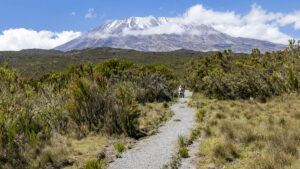
How to Acclimatize on Kilimanjaro & Avoid Altitude Sickness
Table of Contents How to Properly Acclimatize on Mount Kilimanjaro: Tips and Things to Know | Kili Quests Climbing Mount Kilimanjaro is an incredible
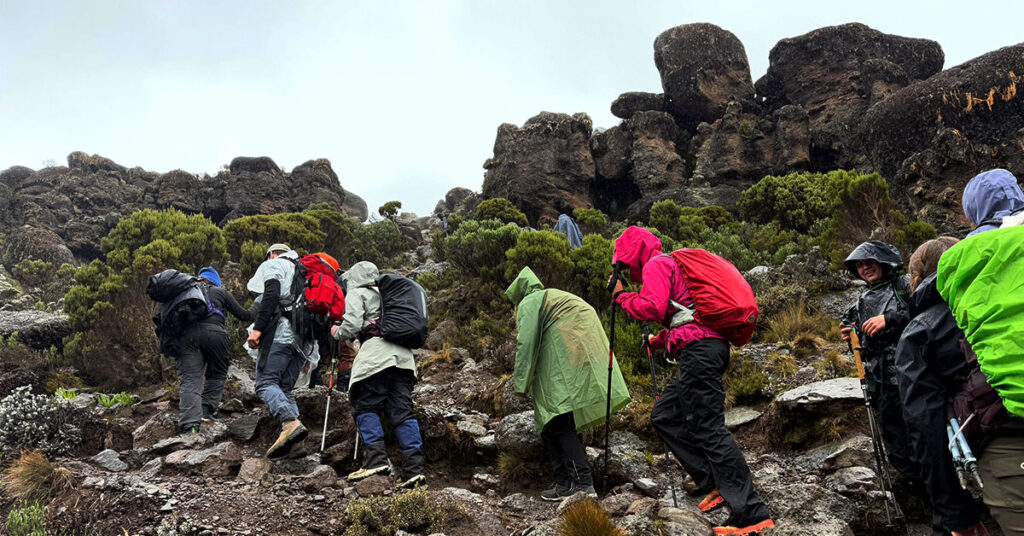
Tip: Look for policies that cover activities up to 6,000 meters — Kilimanjaro’s summit is 5,895m.
If unsure, send us your policy — we’ll contact the evacuation company and get confirmation.
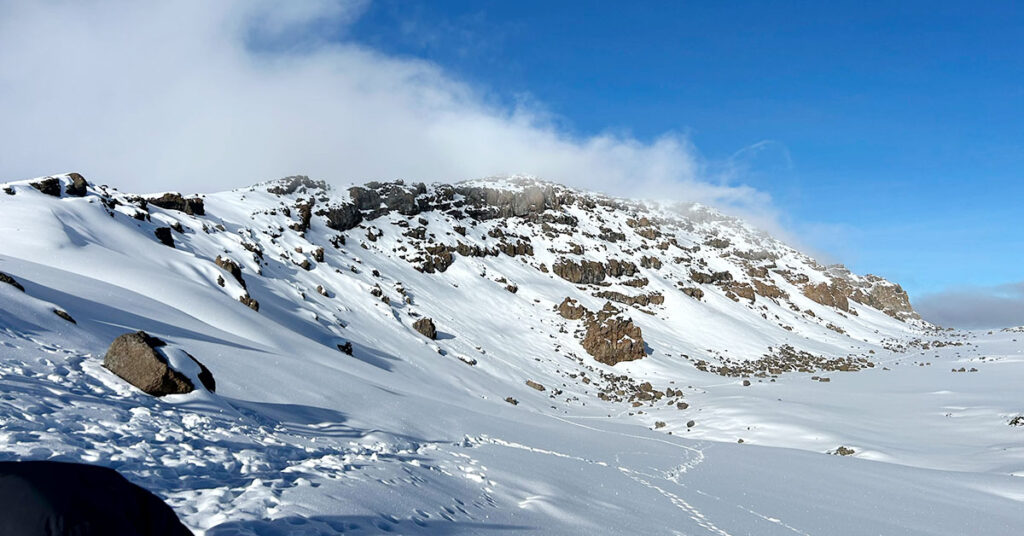

Table of Contents How to Properly Acclimatize on Mount Kilimanjaro: Tips and Things to Know | Kili Quests Climbing Mount Kilimanjaro is an incredible
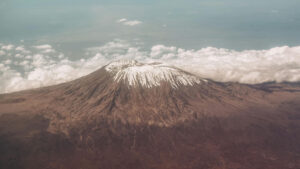
Mount Kilimanjaro, Africa’s highest peak, stands tall at 5,895 meters (19,341 feet) above sea level. Located in northern Tanzania, this iconic free-standing volcano draws thousands of trekkers each year. Whether you’re planning your first summit or comparing routes, this comprehensive guide covers everything you need to know—from choosing the best route to preparing for altitude and understanding what to expect on the mountain.
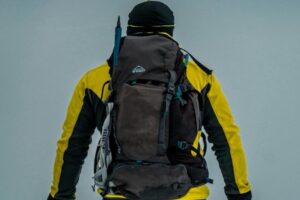
Table of Contents Ready for the Challenge? Book Your Kilimanjaro Climb with Kili Quests Today and Choose Your Ideal Route Mount Kilimanjaro, Africa’s highest